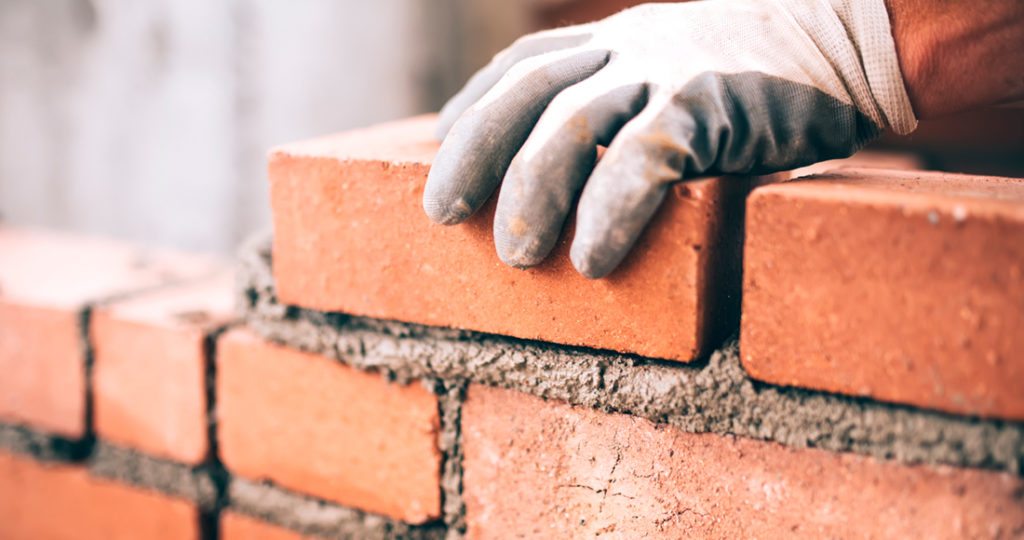Brick fixes

Bricks date back as far as 7 000BC. Sun-dried mud bricks were first found in Southern Turkey at the site of an ancient settlement around Jericho. Then came fired clay bricks, which are still going strong and form the basis of most modern architecture.
WHY CHOOSE CLAY BRICKS?
- There are many reasons to choose clay bricks. Here are just a few:
- They are beautiful, for starters, and available in a huge variety of textures, colours and shapes.
- They are strong and durable – they do not rot, rust, split, peel, dent, fade or need to be painted – and they can’t be damaged by insects.
- Clay brick is a natural product and contains no chemicals or harmful gases.
- They are one of the few building materials that are fully reusable without loss of their original qualities.
PAVE THE WAY
With summer on its way, you might be thinking about creating a beautiful outdoor entertainment area. Whether it’s a braai area, a boma, a raised garden or water feature, it’s easy to achieve with bricks. Here are some basic guidelines to paving.
COLOUR AND SIZE
COLOUR AND SIZE
First pick your colour and size. Corobrik offers a wide range of clay bricks and pavers, so visit your local Corobrik Centre to select the style that suits you. Keep your needs in mind when making your decision – a very small space might seem even smaller if you use dark-coloured pavers so consider a natural, light colour. You can use a different colour for the edges.
GET THE NUMBERS RIGHT
GET THE NUMBERS RIGHT
Once you’ve chosen your materials, you need to calculate how many pavers or bricks you’ll need. You can do this with Corobrik’s online calculator at www.corobrik.co.za.
BASIC PAVING STEP BY STEP
BASIC PAVING STEP BY STEP
- Before you lay paving, make sure the area to be paved slopes slightly away from any walls and towards garden or lawn, to prevent rainwater from collecting against walls. Also make sure that where the paving joins any walls, it is below the structural damp-proof course (a layer of waterproof material in a building’s wall near the ground, that prevents rising damp).
- Shape the ground to give the desired slopes and then loosen the whole area that’s to be paved with a pick or fork to a depth of about 100mm.
- Pack the loosened, levelled soil down, using a rammer (a heavy metal block on a long handle) or a garden roller. The better you pack the soil, the more durable your paving will be.
- Spread a weed-killer solution over the area (keep children and pets away as it is poisonous) followed by a layer of coarse river sand (not beach sand) to about 20mm thick.
- Once the area is prepped, lay your pavers according to the pattern you’ve chosen, leaving joints of about 3mm to 6mm between them. Then pour dry fine plastering sand onto the finished surface and brush it around so it fills the joints. Using a hose if possible or a watering can, wet the joints as you go to settle the sand, and keep wetting and adding sand until each joint is completely filled.
- Allow the paving to set before letting anyone use it, especially if it’s a heavy-traffic area such as a driveway.
For more information, get in touch with Corobrik.
Gauteng: +2711 871 8600
KZN: +2731 560 3111
Western Cape: +2721 888 2300
Email:
info@corobrik.co.za;
or visit www.corobrik.com
Related articles

Latest Jet club magazine
We’ve got the latest trends, exciting prizes and exclusive savings just for you!
Jet Club will not pass your details to anyone else. By clicking the subscribe button you confirm you have read and agree to the Jet Club Terms and conditions and Jet Club Privacy Statement.
Subscribe

